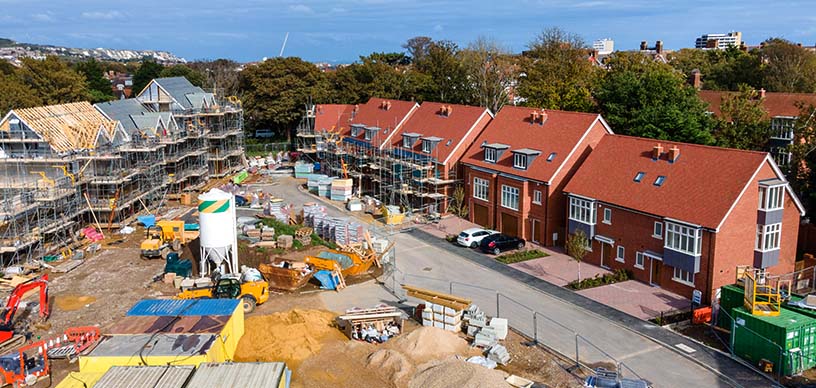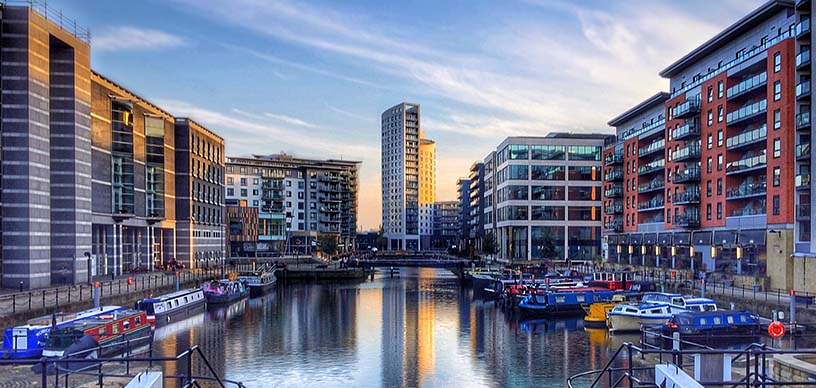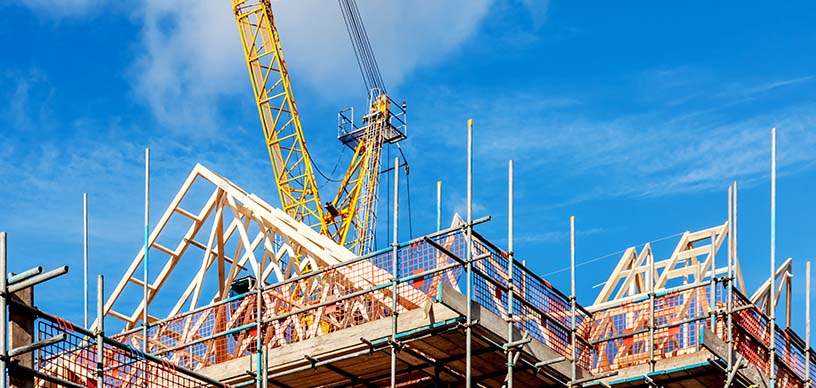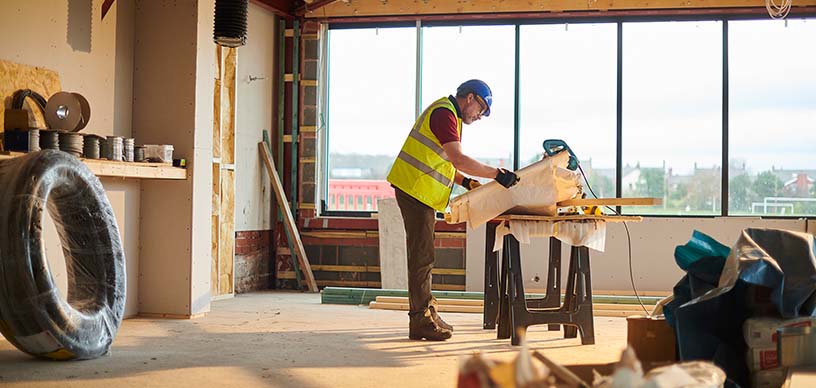Neal Moy, Paragon Development Finance Deputy Managing Director, gives his view on the key trends that will impact SME housebuilders in 2022.
We are entering 2022 with a similar air of uncertainty as last year but, as a nation, we have learnt so much about how to operate in a pandemic since those dark days of March 2020.
For SME developers, I see little disruption to operations caused by the Omicron variant, but I believe the fallout from the pandemic will continue to shape demand for housing for many years to come.
Here are some of the key themes which I believe will shape 2022 for our clients:

Greater demand for homes with more space...
A trend we have seen since the housing market reopened in May 2020 is a drive towards larger homes with more space and I expect this to continue into 2022. The shift towards detached and semi-detached homes has been a long-term development over the past 13 years and will only continue.
NHBC data showed that 36% of new homes registered to be built in Q3 2021 were detached, up from 28% in Q3 2020, and detached homes are now at their most popular since Q2 2002. The data demonstrated a significant shift away from apartments, making up just 13% of new home registrations in Q3 2021, falling from 29% in the same period last year.

...but apartments remain an important segment of the market
Despite the shift towards detached homes, apartments remain a key segment of the market and we are working with clients across a range of schemes throughout the country. Cities have reopened and demand for urban living has rebounded strongly according to indices from the likes of Hometrack, particularly amongst renters.
Developers focusing on apartments are increasingly looking to incorporate work/living space in their homes, which can be a challenge given the limited space available, and they are also bringing brownfield sites and interesting disused buildings back to life, helping to rejuvenate local markets. They will continue to play a key role for those looking for urban living.
Where smaller developers may have to step up is through the provision of additional facilities, such as gyms and concierge services, that some of the larger housebuilders are now offering. Historically the preserve of the build-to-rent sector, these services clearly come with a price premium.

Undersupply will remain an issue
The latest Government stats showed that housing completions totalled 194,060 in the year to the end of March, 11% down on the previous year. Although this covered a period when developments were temporarily mothballed, it shows that completions remain well below the Government target of 300,000 a year.
This will continue to be the case whilst the current planning regime remains in place. Only 19% of SME developers responding to a Federation of Master Builders' survey this year feel either a 'very high' or 'quite high' degree of certainty over the outcome of planning applications. Generally, complaints have risen about delays in the planning process during the pandemic and that looks like it will remain a significant barrier to expanding housing supply until reform is finally realised.

Land, supply and labour shortages
These are perennial issues for SME developers, but the challenge has been amplified during the course of the pandemic across all three areas. According to the MBF's survey, the lack of available and viable land is the most commonly cited constraint (63% of respondents) on SME housebuilders' ability to build more homes, followed by 'materials shortages' (62%). The return of EU nationals to home countries through a combination of the pandemic and Brexit has exacerbated labour problems.
Whilst many of the monitoring surveyors are suggesting that we are past the peak on cost increasesWe are still seeing uncertainty on the cost of supplies and this is likely to intensify , uncertainty remains due to the continuing pandemic. Pricing the build cost of new developments may therefore prove tricky for some developers, but we are working with clients to support them in this process.
SME developers are also responding, however. Good project management and adopting a long-term view is vital and we are seeing more clients factor in supply shortages into their schemes. Firms are also being more creative with recruitment, looking at areas such as apprenticeships, work experience and more training.

Buyer demand and mortgage availability improving
Despite the challenges faced by the sector, demand for new build homes remains strong and should improve as mortgage affordability is eased. The availability of stock in the residential sales market is at all-time lows, which is helping to sustain house price growth. Whilst this is expected to ease during the new year, there is plenty of fuel left in the buyer demand engine.
Meanwhile, whilst the Government has made the Help to Buy scheme less attractive than previous iterations, the Bank of England is consulting on easing mortgage affordability rules. If these proposals come into practice, it will make it easier for first-time buyers to obtain finance to purchase their first home.

Drive towards green
Upgrading the energy efficiency of the country's housing stock remains a key Government goal. We expect legislation for the private rented sector next year that will stipulate all rented homes must have a minimum EPC rating of C by 2028, whilst we expect further clarity on the Future Homes standard.
Developers have been considering the energy performance of homes for some time, evidenced by the improvement in homes at EPC B or above over the past decade, but this will need to be a key consideration for them going forward, both in terms of how it impacts their developments and influences buyer behaviour.
Find out more about our Development Finance options.
Neal Moy
Development Finance Deputy Managing Director